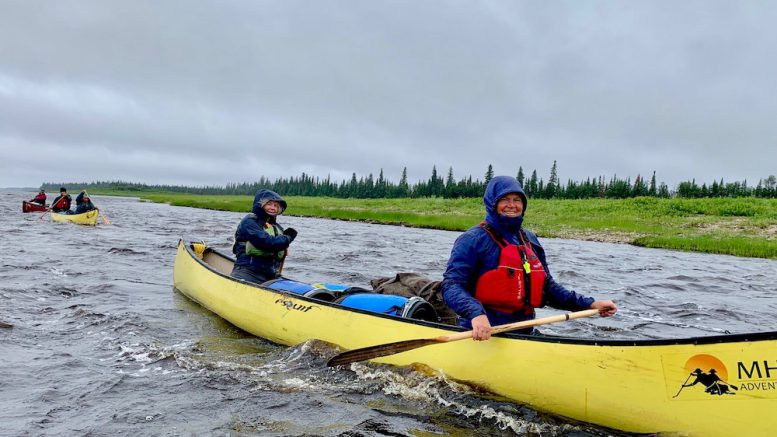When geologist and writer Virginia Heffernan was looking for a topic for her first book, it didn’t take long for her to settle on Ontario’s Ring of Fire. Like many people who follow Canada’s mining sector closely, Heffernan, who had enrolled in a creative non-fiction writing program at University of King’s College to earn her MFA, had recognized the importance of Noront Resources’ 2007 discovery of the Eagle’s Nest nickel-copper-PGM deposit in the region.
“It was always in the back of my head,” said Heffernan, a one-time staff writer with The Northern Miner. “All the promotion around it was also kind of fascinating with [Noront founder] Richard Nemis — he was such an interesting character.”
In March, Heffernan released Ring of Fire: High-Stakes Mining in a Lowlands Wilderness, published by ECW Press.
The book takes a broad view of the topic, giving the reader needed context about geology, the scrappy world of junior mining, the evolution of Indigenous consultation requirements and Indigenous participation in mining, the potential environmental impacts of mining in the Ring of Fire, and of course, the politics.
(Heffernan says the chapter on the region’s geology has been an unexpected hit.)
Written during the pandemic, Heffernan’s original plan to visit First Nations communities in the Ring of Fire to hear the viewpoints beyond the leadership proved impossible because of Covid-19 lockdowns. Some communities, namely Marten Falls and Webequie are supportive of development, while others such as Neskantaga and the James Bay coastal community of Attawapiskat, are adamantly opposed.

Cover of Ring of Fire: High Stakes Mining in a Lowlands Wilderness, by Virginia Heffernan.
However, she was able take an eight-day canoe trip on the Missanaibi River to Moose River, which spills into James Bay, fighting “ferocious winds” coming off of James Bay as well as unrelenting deer flies, black flies and mosquitoes. Ending at Moose Factory, several hundred kilometres southeast of the Ring of Fire, Heffernan says the journey familiarized her with the bog and fen peatlands ecosystem in the James Bay lowlands and the challenges of building a road.
While Heffernan’s book traces the origin of past and current conflicts that potential development of the region has spawned — from the Indian Act to the political miscalculations of Ontario politicians — she ultimately is optimistic that development in the region will move forward. But it will have to be in an environmentally responsible way that Indigenous communities will benefit from and have a hand in monitoring.
“We need to see some sort of partnership with the First Nations up there. If they have a percentage of the project or projects, that’s going to make all the difference. Then once you get that revenue streaming into the communities, it would mean more self-governance, more control over their lives, health care and schooling.”
Read an excerpt from Chapter 10, From backrooms to bulldozers.


Be the first to comment on "The first book on Ontario’s Ring of Fire sees a happy ending for contentious development"